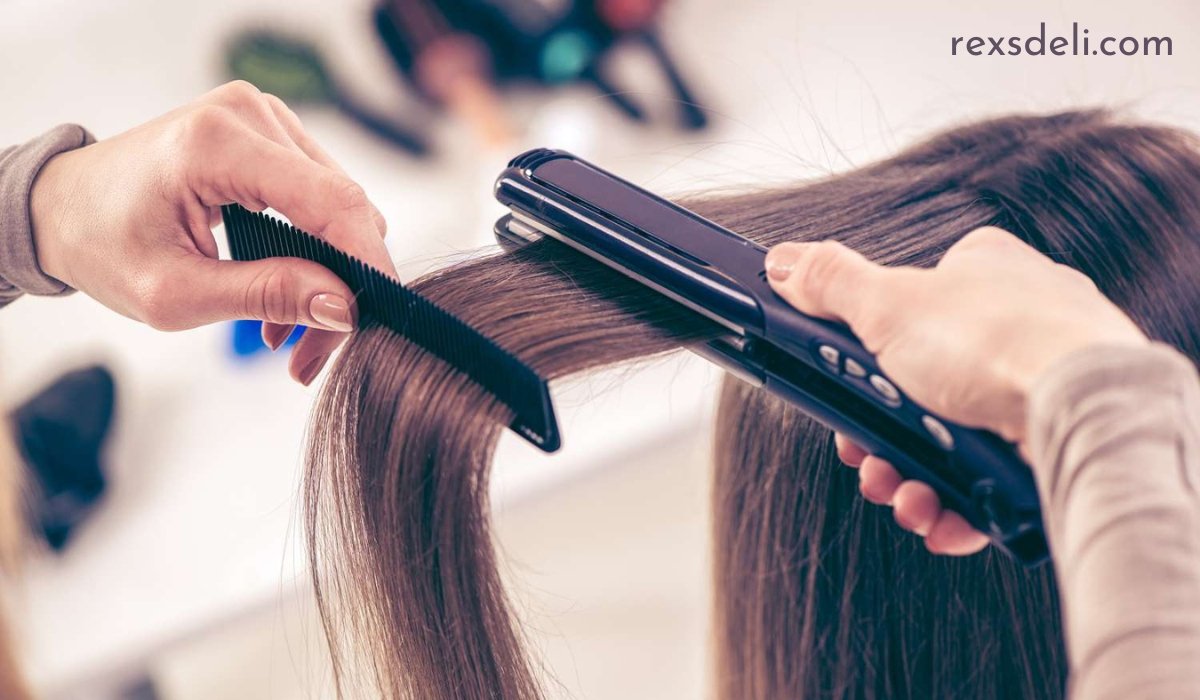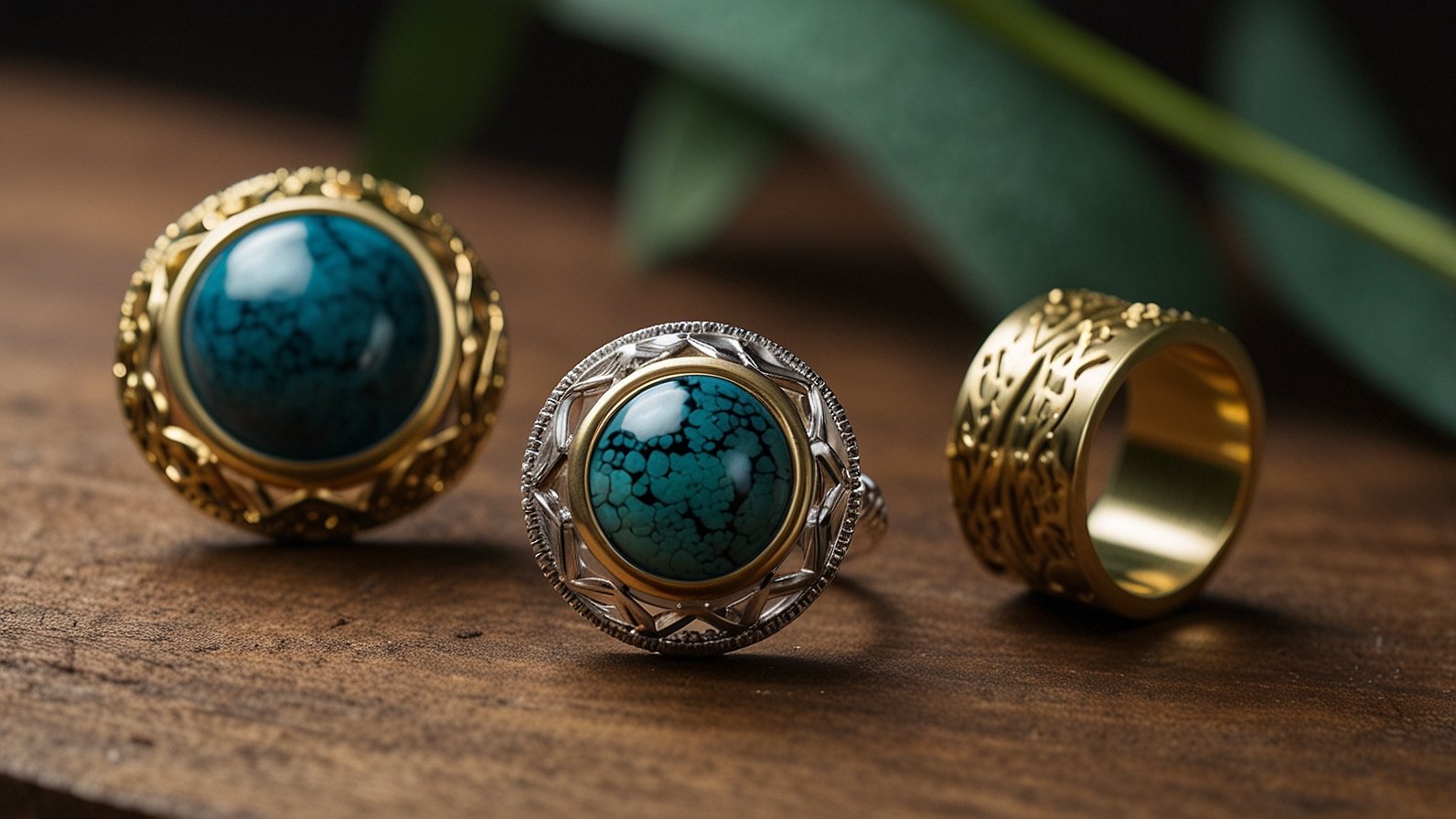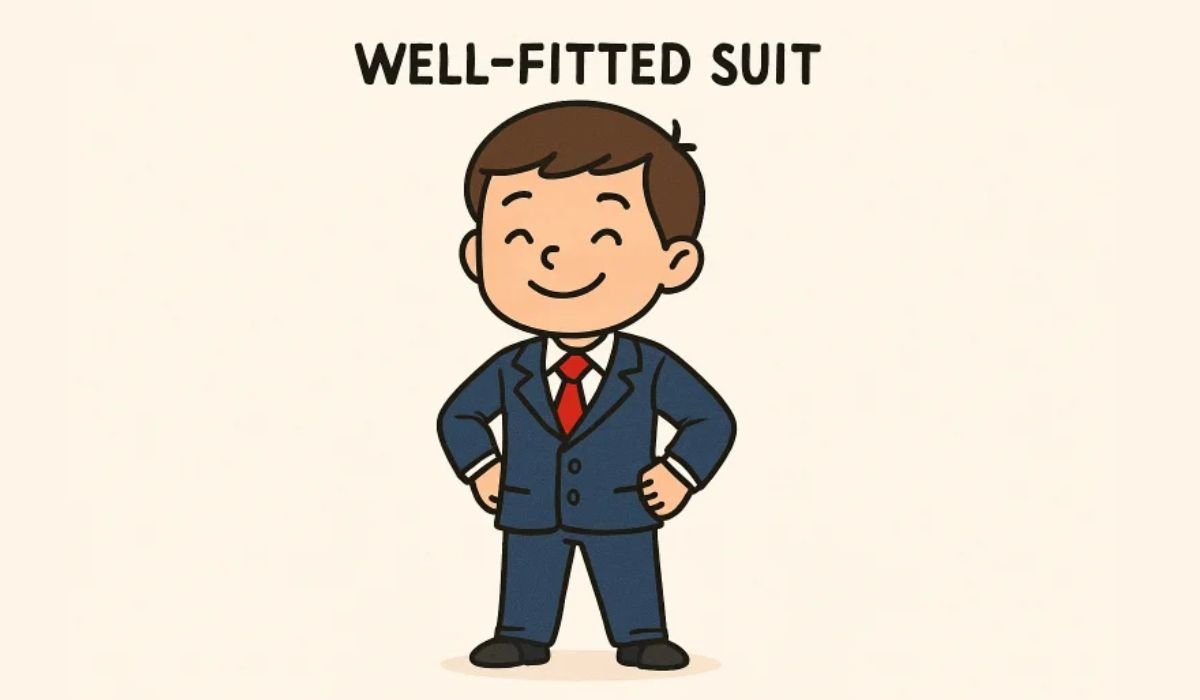Sleek, straight hair has long been a coveted look, but at what cost? As the FDA delays a promised formaldehyde ban on hair straightening products, millions of consumers remain exposed to a known carcinogen. They continue to seek smooth locks despite the health risks.
The missed deadline raises questions about the agency’s priorities and the power of industry influence. Let’s explore the tangled story behind this controversial chemical and the delayed action to protect public health.
Hair Relaxers Linked to Increased Cancer Risk in Black Women
The hair relaxer industry continues flourishing. It is valued at USD 869.80 million in 2022 and is expected to reach USD 1658.26 million by 2030. This represents a CAGR of 8.40% from 2023 to 2030.
Social media platforms have fueled this trend, with TikTok’s #RelaxerTok garnering over half a billion views. The renewed popularity of chemical straighteners is particularly noteworthy, given the mounting scientific evidence linking these products to significant health concerns.
A recent New York Times article discussed growing scientific evidence about hair relaxers marketed to Black women. These products contain chemicals linked to higher risks of cancer and other health issues. The story outlined research from several major studies that have established these connections.
Tamarra James-Todd found that hair products containing chemicals absorbed through scalp burns were linked to early puberty. She discovered this through interviews with hundreds of women. This sparked more research on how endocrine-disrupting chemicals could influence hormonally linked health problems.
Larger longitudinal studies like the Black Women’s Health Study and Sister Study have since strengthened these findings. The Sister Study found those frequently using hair straighteners faced over double the uterine cancer risk. The largest study to date involving nearly 45,000 women found relaxer use increased uterine cancer risk by over 50% in post-menopausal women.
The Rise of Hair Relaxer Lawsuits
A wave of litigation has emerged in the Northern District of Illinois because of the above health risks.
Numerous women are filing hair relaxer lawsuits alleging that hair relaxers and straighteners have caused severe health issues. These claims cover a number of illnesses, such as uterine fibroids, breast cancer, and uterine cancer.
Given the widespread nature of these cases across different jurisdictions, the legal system has responded by consolidating them into a single Multidistrict Litigation (MDL). This hair relaxer MDL represents a collective legal action. Individuals claim harm from toxic substances in hair-relaxing products. According to TorHoerman Law, the legal actions target several major manufacturers in the hair care industry.
The outcome of this MDL could set important legal precedents around product safety and consumer protection that shape the industry for years to come.
FDA Delay in Formaldehyde Ban for Hair Straighteners Sparks Criticism
According to a National Public Radio report from May 2024, the FDA missed its deadline to ban formaldehyde. The proposed ban targeted formaldehyde in hair straightening products.
The FDA announced plans in October 2022 to ban formaldehyde and methylene glycol, citing their classification as known carcinogens. The rules were to take effect in April 2024.
However, that deadline passed with no further updates from the FDA. Critics say this delays much-needed protections for consumers.
Formaldehyde is still used in many hair straightening products on the market. Its continued presence precludes informed consent from consumers unaware of health risks.
Critics argue the delay leaves consumers at unnecessary risk, as they remain unaware of health issues like the established cancer links. Researchers interviewed emphasized the need for the FDA to enhance oversight of underregulated hair products. They stressed the importance of removing toxic chemicals from the market.
FAQs
1. Are formaldehyde-free keratin treatments available?
A: While some keratin treatments claim to be formaldehyde-free, many still contain formaldehyde derivatives. These treatments can make hair smoother and more lustrous but may cause various side effects due to formaldehyde content. It’s important to research products carefully and consult a professional stylist.
2. Which hair straightening method is safest?
A: Heat styling is generally considered the least harmful way to straighten hair, as it doesn’t involve chemicals. However, it can still cause damage if not done properly. Other treatments may have potential long-term effects on hair health, even if marketed as gentle. Always weigh the pros and cons before choosing a method.
3. What is the permissible formaldehyde exposure level?
A: In the United States, workplace exposure to formaldehyde is regulated by the Occupational Safety and Health Administration (OSHA). This agency establishes a Permissible Exposure Limit (PEL) for formaldehyde, which aims to safeguard most employees throughout their working lives, assuming daily exposure. OSHA mandates that formaldehyde levels in the air must not exceed 0.75 parts per million (ppm) during an 8-hour work shift.
Ultimately, the FDA’s duty is to protect public health, not company profits or unsubstantiated early deadlines. With lives and futures at stake, swift and decisive action is needed. The goal is to remove known carcinogens from products that put marginalized communities at risk. When personal style compromises health, it is time for regulators to prioritize correctly.











